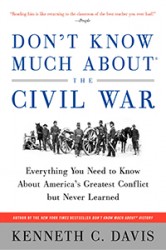This is a repost of my article recounting the history of “Juneteenth,” published in the New York Times online edition on Friday June 19, 2015.
SOME two months after Gen. Robert E. Lee surrendered on April 9, 1865, effectively ending the Civil War, Maj. Gen. Gordon Granger steamed into the port of Galveston, Tex. With 1,800 Union soldiers, including a contingent of United States Colored Troops, Granger was there to establish martial law over the westernmost state in the defeated Confederacy.
On June 19, two days after his arrival and 150 years ago today, Granger stood on the balcony of a building in downtown Galveston and read General Order No. 3 to the assembled crowd below. “The people of Texas are informed that, in accordance with a proclamation from the Executive of the United States, all slaves are free,” he pronounced.
That was the beginning of a celebration of emancipation that would come to be called “Juneteenth.” Read the complete article, “Juneteenth is for Everyone” here.

Now In paperback THE HIDDEN HISTORY OF AMERICA AT WAR: Untold Tales from Yorktown to Fallujah

Don’t Know Much About the Civil War (Harper paperback, Random House Audio)

Don’t Know Much About® History: Anniversary Edition (Harper Perennial and Random House Audio)